Analysis of the Composition and Microstructure of Coral Fossil
-
摘要: 珊瑚化石是珊瑚在地下长期埋藏经过各种地质作用所形成的化石,目前对珊瑚化石的研究主要集中在地质学和生物进化方面,对珊瑚化石的组成和显微结构研究较少。本文对产于陕西省的珊瑚化石采用X射线衍射分析、差热分析、热重分析以及扫描电镜等方法进行分析,研究珊瑚化石的组成、含量以及其显微结构特点。结果表明:这类开采于陕西省的珊瑚化石主要成分是碳酸钙(CaCO3),平均含量高达98.6%;珊瑚化石在700℃左右发生相变,在相变过程中其质量急剧下降,即CaCO3分解为CaO和CO2;内部结构存在着大量的1~5 μm孔隙;断口形貌具有类似解理断裂的特点,存在相应的“"河流状花样"”。本文提出,在珊瑚玉石储藏及加工时要尽量避开酸性物质,避免使其经受高温,最高不要超过650℃,同时加工琢磨刻面过程中要避开解理面,或使刻面与解理面呈一定角度。
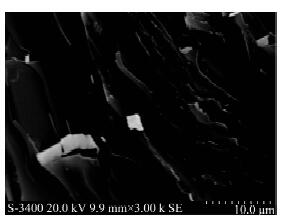 Abstract: Coral fossil is formed by various geological effects while buried under the ground for a long time. Current research on coral fossils is focused mainly on the geological and biological evolution of the coral fossils, but less on their components and microstructure. X-ray Diffraction (XRD), Differential Thermal Analysis (DTA), Thermo-gravimetric Analysis (TG) and Scanning Electron Microscope (SEM) and other methods were conducted to determine composition, content and microstructure characteristics of coral fossil samples collected from Shanxi province. The results show that the coral fossils from Shanxi province are composed mainly of calcium carbonate (CaCO3), and the average content is as high as 98.6%. Phase transition of coral fossils occurred at 700℃ with a sharp decline in the mass, namely the CaCO3 decomposed to CaO and CO2. The internal structure of Coral fossils showed a large number of pores whose size is 1-5 μm. Fracture morphology is the same as cleavage fracture, corresponding with 'river pattern'. Coral fossil storage and processing methods to avoid acidic substances and high temperature are described. The highest temperature is 650℃. It is important to avoid a cleavage plane or make an angle between a facet and cleavage plane during processing.
Abstract: Coral fossil is formed by various geological effects while buried under the ground for a long time. Current research on coral fossils is focused mainly on the geological and biological evolution of the coral fossils, but less on their components and microstructure. X-ray Diffraction (XRD), Differential Thermal Analysis (DTA), Thermo-gravimetric Analysis (TG) and Scanning Electron Microscope (SEM) and other methods were conducted to determine composition, content and microstructure characteristics of coral fossil samples collected from Shanxi province. The results show that the coral fossils from Shanxi province are composed mainly of calcium carbonate (CaCO3), and the average content is as high as 98.6%. Phase transition of coral fossils occurred at 700℃ with a sharp decline in the mass, namely the CaCO3 decomposed to CaO and CO2. The internal structure of Coral fossils showed a large number of pores whose size is 1-5 μm. Fracture morphology is the same as cleavage fracture, corresponding with 'river pattern'. Coral fossil storage and processing methods to avoid acidic substances and high temperature are described. The highest temperature is 650℃. It is important to avoid a cleavage plane or make an angle between a facet and cleavage plane during processing.-
Keywords:
- coral fossils /
- phase composition /
- calcium carbonate /
- cleavage fracture
-
2013年7月22日至8月3日,《岩矿测试》副主编、加拿大McMaster大学Lesley. M. Egden博士应邀来华为我刊作者进行“英文科技论文写作系列培训”。其间,我们在北京、青岛、成都三地举办了两期学习班和一次全国性学术报告会。
一位以英语为母语的外籍副主编,为一个中文期刊修改英文摘要,这听来也许并不难。但她作为一位在职的研究人员,已经坚持为我刊修改英文摘要三年了。三年来,她不仅对每一篇摘要作了英文行文中的修改,还给出了学术上更专业的表达建议,她不但没有因为我们耽误了她宝贵的时间而推辞,而且每次都能按时按点、按质按量地提交修改稿。这种节奏和压力,绝非一个没有亲历过期刊出版倒计时轮回的人能轻易体验到,这样繁杂细琐却需要绝对耐性和责任感的工作,也非每一个人可以数年如一日的坚持下来。

英文写作表达的对与错,常常差之毫厘,谬以千里,但这还不算最难的,最难的在于一种语言表达的习惯,几个均可的说法,只有一个最佳表达,你能说为什么做这样的选择,但很难解释清楚为什么。遇到这些情况,Lesley从未表现出一丝不屑和不耐烦,她总是以绝对真诚、耐心和友善的方式尝试从各种不同角度解答并确保每个学员都能理解。举手投足,一颦一笑,无不透出她发自心底的率真、善良、乐观和真诚,让人深深羡慕之余也不禁思忖,究竟是生活在怎样透明无邪的环境中,才能让她一直如此纯粹和真实?!

善良和真诚是一种品质。这样善良、真诚而真实的朋友,遇上一个是人生幸事,多有两个便是贪恋了。Lesley就是这样一位朋友。
Lesley是我见过的最痴迷于 Chinese Tea的老外,没有之一。学术交流之余,品茶和论茶,便成了我们谈论最多的话题。一日,她为了找到一种自己喜欢的地方特色茶,顶着烈日拉着我这个茶友兼“砍价工具”寻觅了一整个下午,踏遍了半个城市,走得口干舌燥,忽然在一僻静深巷,觅得一茶店,泡得一杯清茶,杯中嫩尖轻竖,鹅黄浅绿,香远益清,顿觉沁人心脾,意兴盎然。在这个炎夏看一壶嫩绿慢吐春日旧事,竟也别有一番美意。她每每喝到心仪的茶,总是一副目似暝,意暇甚的样子,飙出一句 I like it!这颇具穿越色彩的形象,直到现在还让人不禁掩卷长乐。
Lesley十分爱茶,从苦荞,胎菊,到普洱,龙井,她都能视若珍宝。这倒让我们这些惯以价格衡量茶品的人俗耐了不少,真是打天上掉下来一位不染凡尘的仙女,和我国传统仙女不同的是会爽朗大笑加满口洋文。快要离开中国的时候,她颇为得意的指着行李箱说,好庆幸这次来中国是夏天,因为这样可以少带一点衣服,多背一点茶叶回去,否则她即使整个坐在行李箱上也不能把行李箱盖上啊,哈哈哈……。这一席话说完,在场的人笑倒了一地。请问这位可爱的副主编大人,您每次都是这样将您视若珍宝的茶叶带回去的么?
这便是我们的副主编,在这个炎夏带给我们迭起的笑声和清新小插曲的Lesley。
这份夏日里她带给我们每个人的快乐,愿与您分享!
主编:罗立强
2013年8月10日
于北京
-
表 1 珊瑚化石TG分析数据
Table 1 TG analytical data of coral fossil
样品编号 样品原质量
(mg)样品试验后质量
(mg)S-1 27.42 15.61 S-2 28.10 15.75 S-3 33.27 18.92 -
http://www.cnki.com.cn/Article/CJFDTOTAL-GUAN201208058.htm http://www.cnki.com.cn/Article/CJFDTOTAL-DZXV201006007.htm http://www.cnki.com.cn/Article/CJFDTOTAL-BSHB200802008.htm http://www.cnki.com.cn/Article/CJFDTOTAL-BSHB200902005.htm http://www.cnki.com.cn/Article/CJFDTOTAL-DZXE201008003.htm http://www.cnki.com.cn/Article/CJFDTOTAL-ZQYD2011Z1031.htm http://www.cnki.com.cn/Article/CJFDTOTAL-JXZK199602026.htm http://www.cnki.com.cn/Article/CJFDTOTAL-BSHB200803016.htm Hull D, 著. 李晓刚, 董超芳, 杜翠薇, 高瑾, 卢琳, 译. 断口形貌学: 观察、测量和分析断口表面形貌的科学[M]. 北京: 科学出版社, 2009: 93-120. Henry G, Horstmann D著. 曾祥华译. 宏观断口学及显微断口学[M]. 北京: 机械工业出版社, 1990: 15-16.



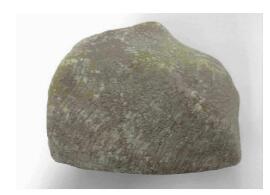
 下载:
下载:
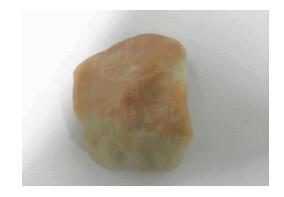
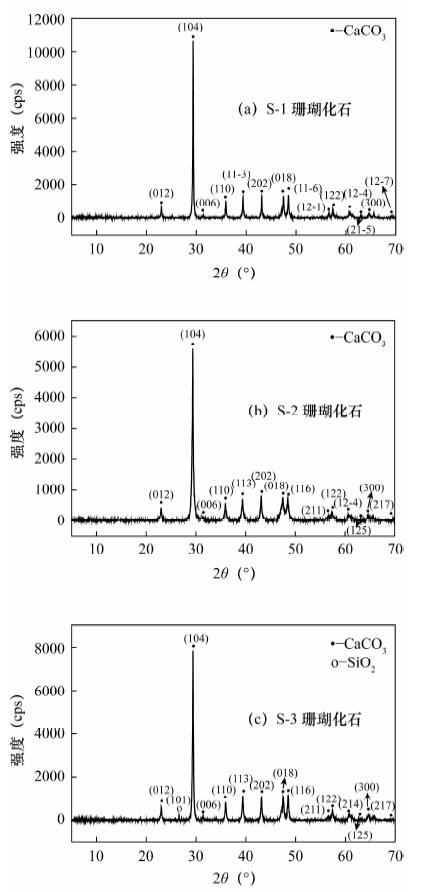
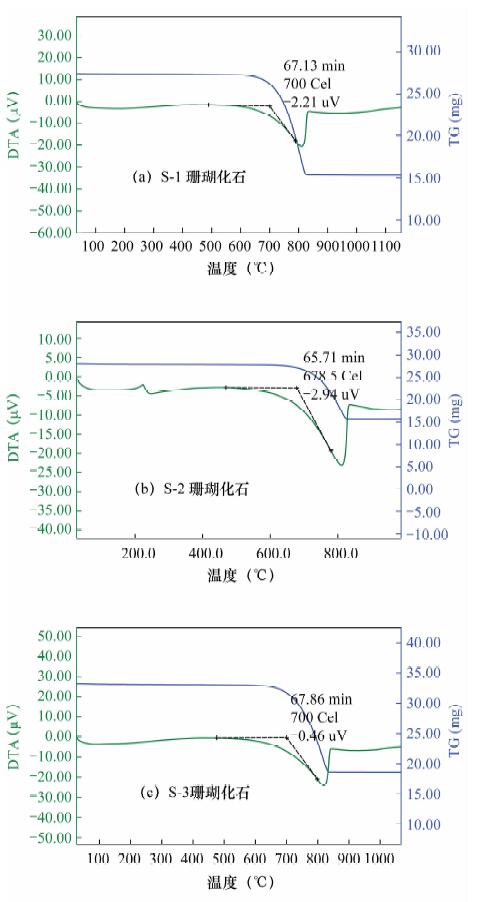


 京公网安备 11010202008159号
京公网安备 11010202008159号